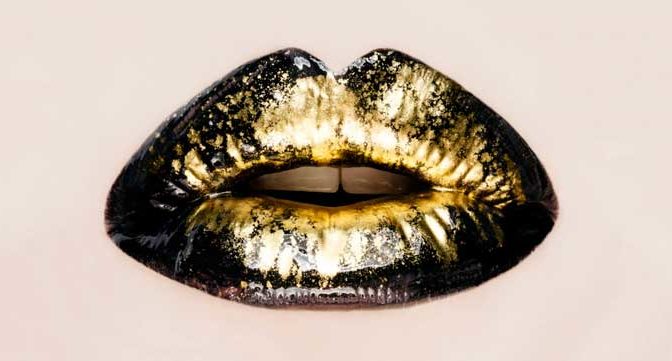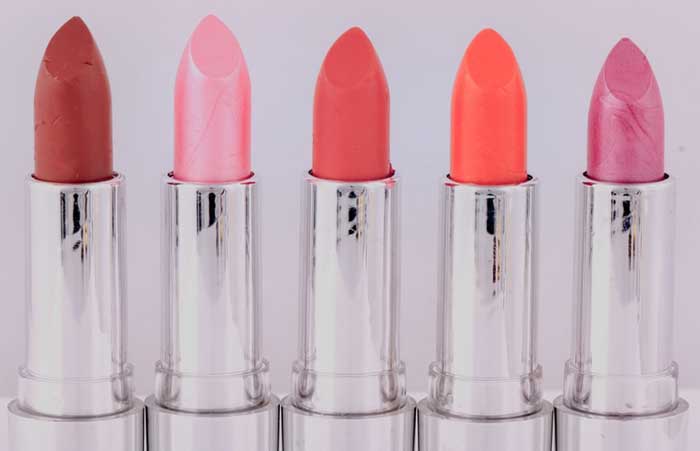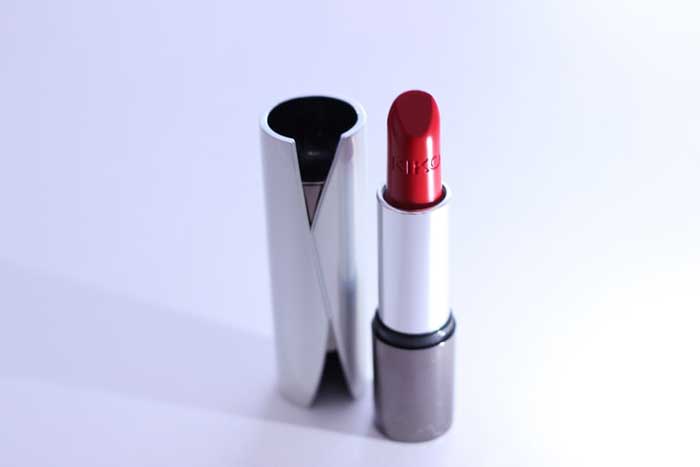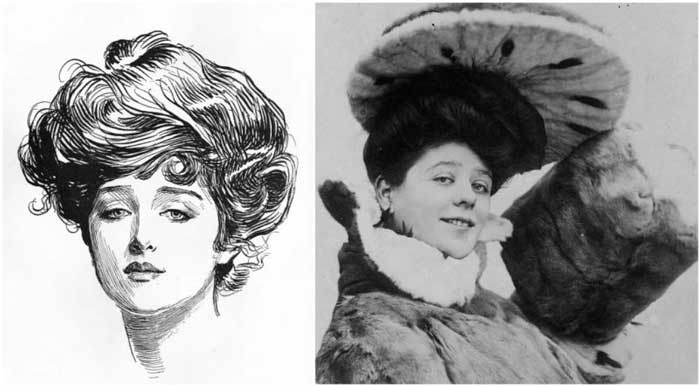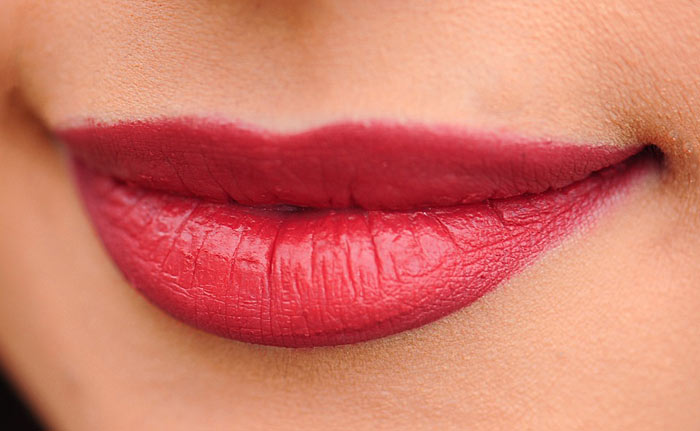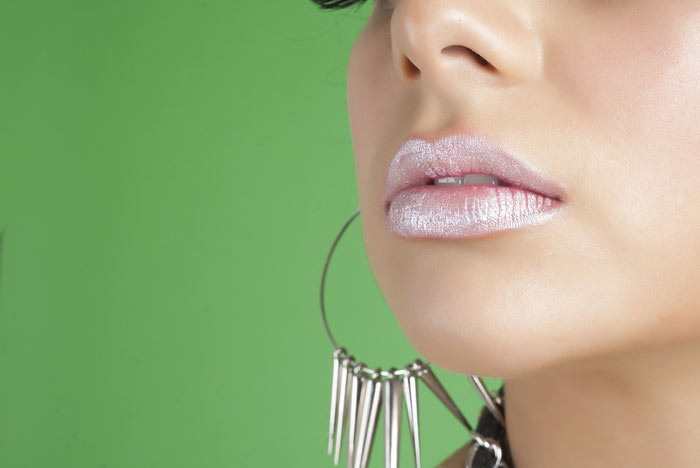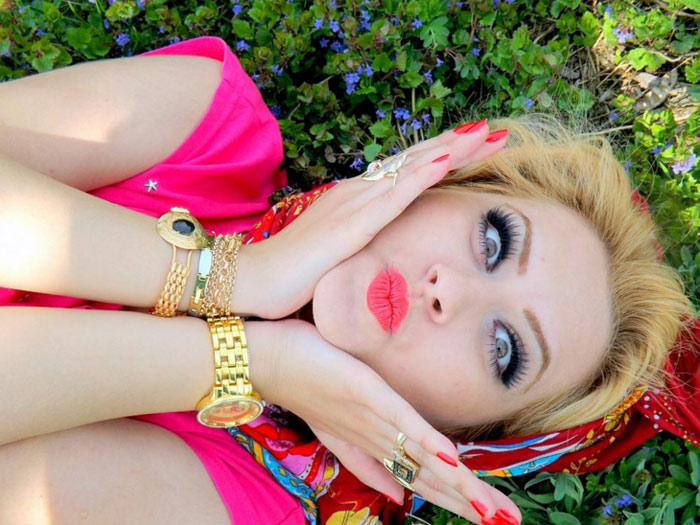In every era, the idea of female lips attractiveness would change dramatically. However, it was lips that remained the most exciting face detail. In pursuit of fashionable color and shape, they were rubbed with acid and pumped up with harmful substances.
The History of Lip Makeup
In ancient civilizations, bright makeup was considered a symbol of high status, so both women and men experimented with the color and shape of the lips. The Sumerians were the inventors of a prototype of today’s lipstick – they used natural materials for lip tinting. Any ingredient capable of enhancing color intensity was used: fruits, henna, clay, rust and even insects. Meanwhile, Mesopotamian women preferred “matte lipstick” shine: they would grind gems and sprinkle their lips with the resulting sparkling powder.
Who created Lipstick?
The Egyptians must have been the first true connoisseurs of lipstick. They began to long for dark, purple, and often quite black lips. Attractiveness was more important than health: the desired shades were obtained using harmful bromine or iron oxide. The shine of such lipsticks was reached due to fish scales. The ruler named Hatshepsut solved the problem in 1450 BC. During an expedition to Punt in East Africa, Hatshepsut got a safe lip color – carmine, which was obtained from the acid secreted by female cochineal insects. Carmine remained useful for many centuries: women applied it on the lips until the beginning of the last century.
Shape or color?
The ancient Greeks, on the contrary, were opponents of bright lips, but appreciated their size and shape instead. They believed that the ideal female mouth should have a soft semicircular bend, raised corners and a plump square lower lip. Any coloring of the lips was attributed to prostitutes – they were legally obliged to apply dark lipstick. The lip trend in Asia was quite the opposite. Japanese aristocrats applied a thick layer of makeup to their faces and painted two tiny beads in the place of their lips.
Hidden Lips
In the era of Puritanism, lips had to be hidden, since the Church was merciless both to lipstick and to any makeup. Scarlet lips were associated with devil worship, and women with painted lips were mistaken for witches, captured and executed. In the Middle Ages, there was a fashion for thin, tightly compressed, almost invisible lip contours. Yet, girls were drawn to makeup, no matter what: secret balms with dyes began to be popular. It was also possible to make lips brighter in a simple way – they were bitten, pricked and rubbed with rough materials.
Lipstick for Men and Women
In the 17th century, makeup was used in almost the same manner as nowadays, and lipstick became demanded both by men as women. The courtiers, who had a thick beard and mustache, highlighted the contours of their mouth with color. Their wives did not dare to neglect makeup: a law was passed in France, according to which a man received the right to divorce, if his wife became less beautiful after the wedding.
Thank Guerlain
The first perfume manufacturer that guessed to make money on women’s lips was the French Guerlain company. Guerlain made lipstick from deer fat, beeswax and castor oil. Then the resulting substance was placed in silky paper and sold. However, the beauty world was turned upside down in 1915 with the advent of a metal lipstick container designed by American businessman Maurice Levy. The side of each tube was equipped with a small lever that would let you use the lipstick and then pull it back. Levy’s mechanism was similar to the modern one.
Who Created the Lipstick Pack We Use Now?
The new packaged Levy lipstick was available in the form of a familiar stick or liquid shine, but persistent lipstick was the most popular in his line. In addition, Levy invented “natural” lip gloss based on bromic acid. The mixture reacted with the skin, resulting in a reddish tint. Another novelty that won the hearts of American women in the early 20th century was lipstick with various tastes, the most popular of which was cherry. In the gallery, you can see how the lips of modern stars changed.
The Gibson Girls’ Lips
At the time of Gibson girls (the perfect female appearance, invented by the American illustrator Charles Dana Gibson. Gibson’s girl was tall and slim, with a narrow waistline, large breasts and wide hips), lip fashion was close to modern, and lipstick was already present in every American’s makeup bag. The silent movie stars were the real icons of the style, and popular women’s magazines called for copying their appearance. The readers diligently followed the recommendations and came up with cherry, plum, eggplant and brown lips.
The Cupid’s Arc
In the 1920s, fashionistas went crazy about the “Cupid’s arc”, which implied an unrealistically defined line of the upper lip with a clearly defined indentation in the middle and sharp corners. In this case, the lower lip was practically absent. To achieve the desired shape, they often used stencils, and Polish entrepreneur Helena Rubinstein even created a special lipstick that supposedly was able to shape the lips into the desired arc. At the same time, the first wave of feminism rose: women demanded the right to vote in elections, and lipstick was chosen as their symbol.
The First Ever Kiss-resistant Lipstick
Another sensational novelty of that era was the “kiss-resistant” Rouge Baiser formula, created by French chemist Paul Baudecroux. However, the lipstick did not last long as a popular one: it was quickly removed from stores due to numerous complaints from customers. Outraged girls said that this product not only survived kisses, but could not be removed from the lips in any possible way. The chemist’s concept failed, but the world’s largest brands, such as Chanel, Guerlain, Elizabeth Arden and Estée Lauder, successfully launched their first lipsticks into mass production.
Did Women Use Lipstick during Wars?
During the Second World War, women worked hard at the front, alongside men. Since metal was already in short supply, metal tubes of lipstick, already familiar to girls, were replaced with plastic and cardboard. However, cosmetics itself was insufficient – women at the frontline had to use improvised means to enhance their beauty. They did not spare money: to raise morale in the army, women were urged to use the brightest tones of red. The most popular scarlet shade of the 1940s, released in the Besame brand line, was called American Beauty.
All Eyes on the Lips
The middle of the 20th century was marked by a return to almost ancient Greek standards of beauty: from now on, lips dominated the female face. The larger they were, the better. An absolutely symmetrical, big mouth was trendy: the lower lip was finally given as much attention as the upper one. In addition, the whole world sought to imitate Hollywood actresses. Women copied the bright, bold, sexy images of Grace Kelly and Marilyn Monroe, and the intense scarlet Envious shade by Estee Lauder was one of the most popular lipstick colors. A survey in the United States showed that 60 percent of teenage girls already used lipstick in the 1950s.
Twiggy’s Small Revolution
However, the icon of style in the 1960s, Twiggy, changed the lip norms again. Intricate bends and shapes became more important than the fullness of lips. As for the model, her huge eyes attracted much more attention than the seemingly perfect lips. Nevertheless, it was during this decade that women thought about artificial lip augmentation, and doctors began to experiment with “fillers”, pumping various substances into the clients’ lips. Silicone was brought to the limelight, and it provided everyone with the well-known duck lips.
Fake Lips?
After a decade, cosmetologists even tried to use beef collagen. Naturally, the result of these procedures was very doubtful, and the method was soon abandoned. The real revolution in the world of fake lips happened only in the 1990s, when Julia Roberts became the sex symbol of the era. Women wanted to have the same large, expressive lips. And the demand was satisfied: scientists finally developed a substance close in structure to the natural human collagen.
Natural Lips?
At the same time, naturalness suddenly came into fashion. People were worried about environmental problems and demanded cosmetics with a natural composition. Many women even refused decorative makeup in favor of the permanent one: tattooing was gaining more and more popularity. As for the trend in makeup, nothing reflects the turbulent 1990s more than dark contours of the lips, which contrast sharply with light lipstick.
When Did Lip Fillers Become So Popular?
However, natural beauty still failed to prevail over the fake one. With every year, fillers would become more perfect, and plump lips would get more attractive. A significant role was played by the notorious Kardashian family. In 2015, the youngest sister, Kylie Jenner, announced to the whole world that she had made new lips. The next day, the clinics recorded a 70 percent increase in those willing to undergo the procedure. According to the American Society of Plastic Surgeons, more than 27,000 Americans left cosmetic parlors with enlarged lips in 2015. That is, such a procedure was carried out approximately every 20 minutes.
Now Thanks to the Kardashians
Kim Kardashian gained world fame thanks to her magnificent buttocks, and Kylie – thanks to her magnificent lips. In the same year, the girl launched her first line of Kylie Lip Kits, which turned into a cosmetic empire over a couple of years. Thus, the 21-year-old girl Kylie Jenner made millions of dollars on the lips of millions of women from around the world, and then won the status of the youngest billionaire in the world.
